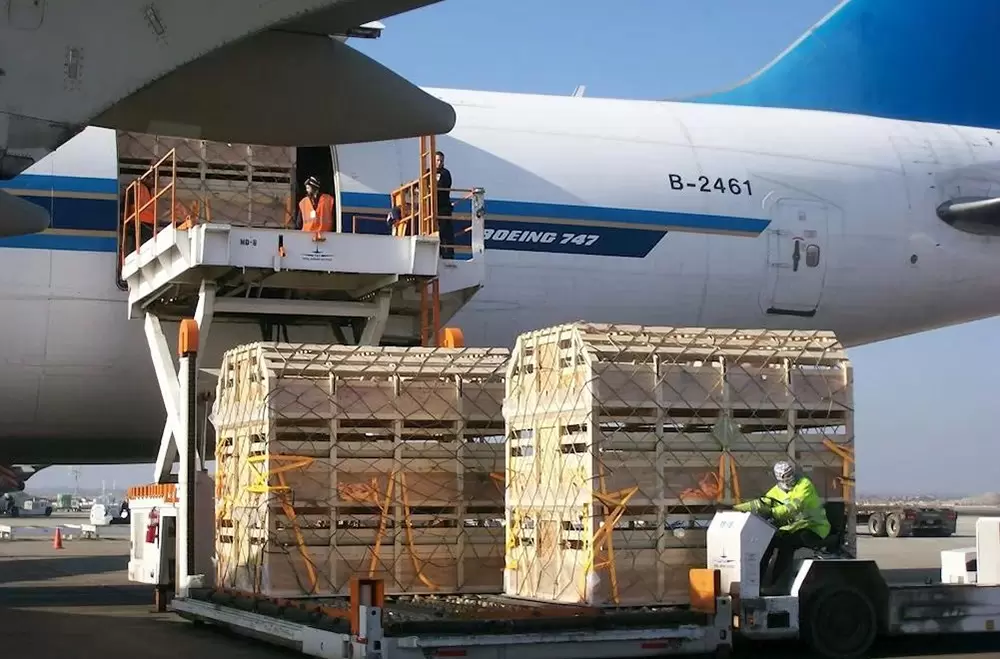Navigating Reliability: A Comprehensive Analysis of Transportation Modes
In an increasingly interconnected world, the reliability of transportation modes is paramount for businesses, travelers, and logistics providers alike. As global trade expands and urbanization accelerates, understanding which transportation mode is the most reliable becomes essential for optimizing efficiency and ensuring timely deliveries. This article delves into the various transportation modes—road, rail, air, and sea—evaluating their reliability based on key factors such as punctuality, safety, cost-effectiveness, and environmental impact.
Understanding Transportation Reliability
Reliability in transportation refers to the consistency and dependability of a mode to deliver goods or passengers on time and in good condition. It encompasses several dimensions, including:
- Punctuality: The ability to adhere to scheduled departure and arrival times.
- Safety: The incidence of accidents or cargo loss during transit.
- Cost-effectiveness: The balance between reliability and the associated costs.
- Environmental Impact: The sustainability of the transportation mode in terms of emissions and resource consumption.
Road Transportation: Flexibility Meets Challenges
Road transportation is often lauded for its flexibility and door-to-door service. Trucks can navigate various terrains and reach remote locations that other modes cannot. However, reliability can be compromised by factors such as traffic congestion, weather conditions, and road maintenance issues.
- Punctuality: While road transport can be timely, delays due to traffic or unforeseen circumstances can significantly affect delivery schedules.
- Safety: The road transport sector has a higher accident rate compared to other modes, impacting its reliability.
- Cost-effectiveness: While generally affordable for short distances, costs can escalate with longer hauls, especially when factoring in fuel prices and tolls.
Rail Transportation: The Backbone of Freight
Rail transportation is often considered one of the most reliable modes for freight due to its ability to move large quantities over long distances with minimal delays.
- Punctuality: Trains typically operate on fixed schedules and have fewer interruptions compared to road transport, making them highly reliable for long-distance shipping.
- Safety: Rail transport has a lower accident rate, and the risk of cargo damage is minimized due to the stability of rail cars.
- Cost-effectiveness: While initial infrastructure costs are high, rail transport is often more economical for bulk shipments over long distances.
However, rail transport is limited by its fixed routes and the need for intermodal transfers, which can introduce delays.
Air Transportation: Speed with a Price
Air transportation is the fastest mode available, making it ideal for time-sensitive shipments. However, its reliability can be influenced by various factors.
- Punctuality: Airlines generally maintain strict schedules, but delays can occur due to weather, air traffic control, or technical issues.
- Safety: Air travel is statistically the safest mode of transportation, with stringent regulations and oversight.
- Cost-effectiveness: While air transport is the quickest, it is also the most expensive, making it less viable for bulk shipments unless speed is a critical factor.
Sea Transportation: The Global Trade Giant
Sea transportation is the backbone of international trade, capable of moving vast quantities of goods across oceans.
- Punctuality: While shipping schedules can be reliable, they are often subject to delays caused by weather, port congestion, and customs clearance.
- Safety: The risk of cargo loss or damage is higher due to the longer transit times and exposure to the elements.
- Cost-effectiveness: Sea transport is the most economical for bulk goods, but the trade-off is longer delivery times.
Conclusion: The Most Reliable Mode
Determining the most reliable transportation mode depends on the specific needs of the shipment. For businesses prioritizing speed, air transport may be the best option despite its higher costs. Conversely, for bulk shipments over long distances, rail or sea transport may offer the best reliability in terms of cost and safety.




